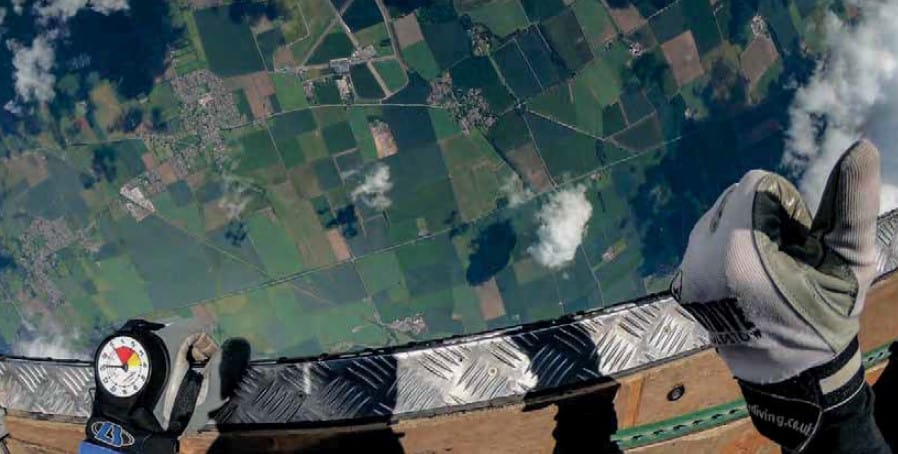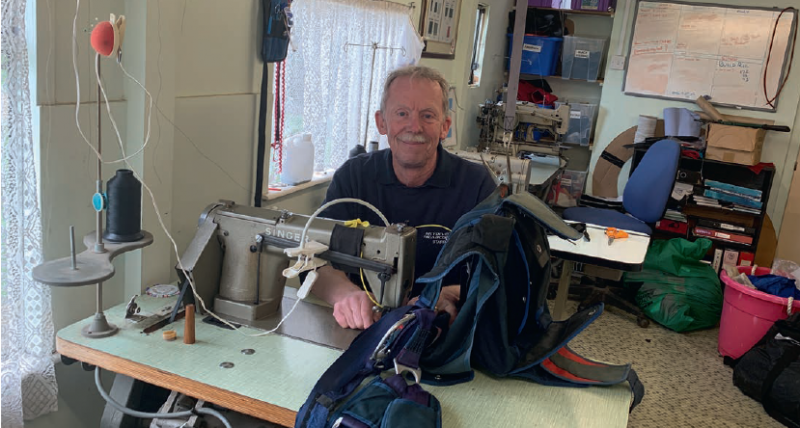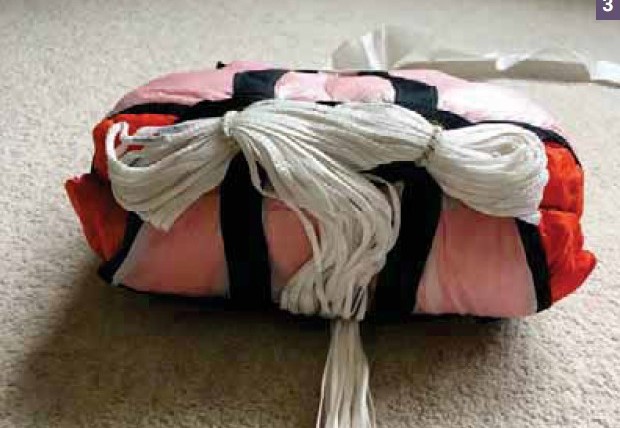Since the last Mag, there have tragically been two skydiving plane crashes in less than two months, killing 20 people. All 10 skydivers aboard and the pilot were killed on June 21 in Hawaii when a Beech 65-A90 (King Air) collided with terrain after take-off. Then, on July 14, a Gippsland GA8 (Airvan) crashed in Sweden, killing all eight skydivers aboard and the pilot – the deadliest Swedish plane crash in three decades.
Early indications are that the Airvan in Sweden suffered structural failure at 13,000ft and, at the time of writing, there is an Emergency Airworthiness Directive in place. Issued by EASA, the European Union Aviation Safety Agency, this currently prohibits all Airvan flights in EU member states as an interim measure. Authorities in other non-European countries have taken similar action until more is known about the cause of the structural failure, which may have involved a wing detaching from the aircraft.
The King Air in Hawaii had the final second of its accident sequence captured in the top left frame of a surveillance video camera located at the southeast corner of the airport. Preliminary review of the video data revealed that, just before impact, the plane was in an inverted 45° nose-down attitude. A fireball then erupted after impact and the cabin, tail section and inboard wings were largely consumed by fire.
Accident investigations rightly take many months or even years to complete fully. There is usually an initial report that states ‘what’ happened quite quickly, but then the ‘why’ takes much longer. So what can we as skydivers do in the meantime? Well, it wouldn’t hurt to remind ourselves of lessons that have already been learned from previous crashes by checking that we can answer the following questions before we get on board any aircraft:
1: Do I know the maximum permitted number of skydivers that this aircraft may take? Is it different after a refuel? If I am not the JM, do I still count how many people are on board and would I be confident to speak up if there has been a mistake and the plane is overloaded?
2: Do I know the location of all restraints on board and the rules about wearing them? This is different to just grabbing the nearest restraint and making sure that I personally am wearing one because I might have just taken the only one that reaches somebody else. I need to make sure that I play my part in ensuring that everybody is correctly restrained.
3: Am I mentally prepared throughout the whole flight, or do I see it as time to switch off and just wait to reach jump altitude? If my reaction to an aircraft emergency depends on the altitude I am at, do I mentally tick those off on the way up? A common plan is ‘high – main; low – reserve; really low – brace’. But how low is ‘low’ and how much time would be wasted checking altitude and making a decision under pressure?
4: Do I know the relevant weight and balance rules in flight? This is particularly relevant on run-in – how many people can safely climb into or out of the door on exit before the pilot is at risk of stalling the aircraft? Teamwork from the rest of the lift can play a big part if the first group to exit is a large one, as the later groups can keep their weight closer to the pilot and not move towards the door too early.
5: Am I confident that I am not going to cause a premature deployment in the door of the aircraft? Are my closing loops in perfect condition and am I able to get into my exit position without scraping my rig against the edge of the door, catching my hackey or reserve handle on anything, hooking my camera through someone else’s reserve handle or taking a grip on something silly?
Photo by Martin Škrbel
 First published in the August 2019 issue of Skydive the Mag.
First published in the August 2019 issue of Skydive the Mag.





